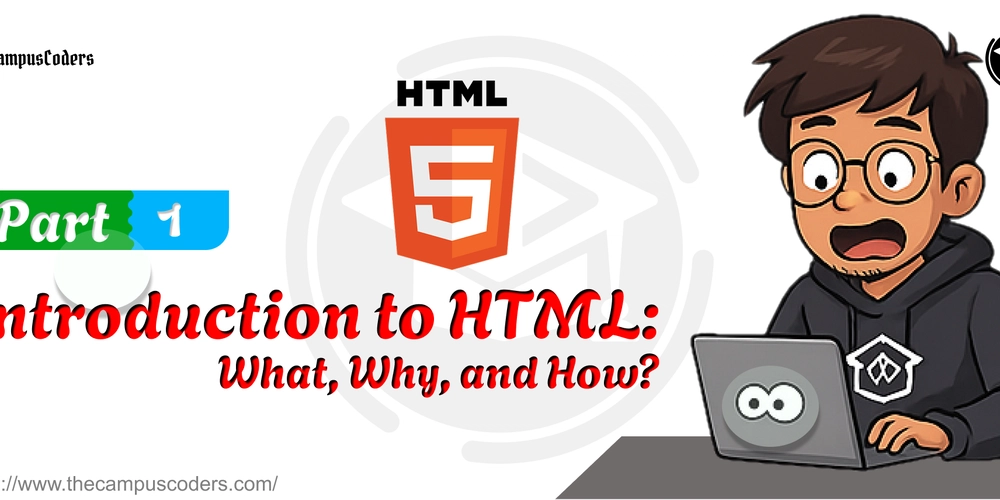Unlocking potential: The power of online courses in our school
Our school has built up its course offerings without having to add headcount. Along the way, we’ve also gained a reputation for having a wide selection of general and advanced courses for our growing student body.


Key points:
- Online courses in schools are especially effective when they have dedicated time and space for online learning
- Online learning programs increase student access, engagement
- Online learning in high school helps students explore career pathways
- For more news on online learning, visit eSN’s Digital Learning hub
We started working with an online education high school program about 10 years ago and have been expanding our use of online courses ever since. Serving about 1,100 students in grades 6-12, our school has built up its course offerings without having to add headcount. Along the way, we’ve also gained a reputation for having a wide selection of general and advanced courses for our growing student body.
I am my school’s new online learning site coordinator, which means I serve as a liaison between my school and our nonprofit online provider, VHS Learning. My predecessor had already set me up for success and everything was already in place when I assumed the site coordinator role. We allow students at our school to take any course they wish, as long as the course doesn’t require students to download new software or files.
We currently have 35 students from our school taking online courses, and most of them are in grades 10-12. Here are seven things I’ve learned as the site coordinator charged with overseeing and orchestrating the online education process at my school:
1. It opens up entirely new worlds for students, right here on campus. If someone is interested in an elective that our Academy doesn’t offer on campus, they can simply take it through VHS Learning. For example, students can pick from a broad selection of online Advanced Placement® (AP®) courses that would be difficult for the school to orchestrate on campus. It’s a really good way for them to take classes they’re interested in without having to go somewhere else to take them.
2. Expands on-campus elective offerings. With our online course provider, our students gain access to a lot of classes we can’t offer. In the science category, for instance, students can take interesting courses like oceanography and astronomy, both of which help them expand their horizons and consider innovative career tracks. It’s also a great opportunity for them to connect with students who don’t live here in Hartford and to interact with different teachers from around the U.S. and the world.
3. Carving out a time and space for online learning works best. We have a designated, daily block of time for the online coursework, which takes place in my classroom. They do their work here and I play music for them. It’s a nice, calm atmosphere that’s conducive to learning and accommodates their learning parameters.
4. Not everyone learns the same way. The old ways of throwing 30+ students into a high school classroom and hoping that they all learn and gel with one another are gone. Everyone learns, interacts, and socializes differently, and online learning supports these differences. My classroom is a kind of oasis in that it’s a place where kids can work without worrying about who else is in their class, who they’re sitting next to, and whether they must converse with that person. Instead, they can focus solely on their online classwork.
5. Individual learners love the online experience. One of my students who is a senior just loves learning online and is thriving because of it. She takes two online courses at a time and has a 100 percent grade in both of her current selections (anatomy and physiology, and early childhood education). She can make her own schedule, and she enjoys the learning format and how accessible everything is right within the learning platform.
6. Online learning helps schools fill personnel gaps. Online learning opens the doors for schools to offer a more personalized course catalogue at a time when finding, training, and retaining teachers and staff can be extremely challenging–particularly at the middle and high school levels. I’d estimate that the cost of our school’s partnership with our online provider is roughly equivalent to 10 percent of an average teacher’s annual salary.
7. Give shy students a chance to speak up. Online learning also helps shy students open up a bit more in class–particularly those who would be afraid to raise their hands in a face-to-face class. In discussions especially, students are more inclined to interact because no one knows them personally. Particularly for my younger students, I encourage them to embrace the fact that since no one knows who they are, what’s the risk of contributing to the class?
Make the time and space for online learning
We know that our students enjoy VHS Learning online courses because they share their feedback on classes amongst each other, and they come back to take more. I think the way we set up the online learning component–with designated time and space–has worked out very well. Some students at other schools don’t necessarily have that, or their site coordinators are the principal or the vice principal, both of whom tend to be pretty busy people.
Ultimately, if you can create a model with dedicated time and space for online learning, it’ll be more effective for kids, who enjoy not having to get all of their work done in their free time.








![[FREE EBOOKS] Machine Learning Hero, AI-Assisted Programming for Web and Machine Learning & Four More Best Selling Titles](https://www.javacodegeeks.com/wp-content/uploads/2012/12/jcg-logo.jpg)



















.jpg)











































